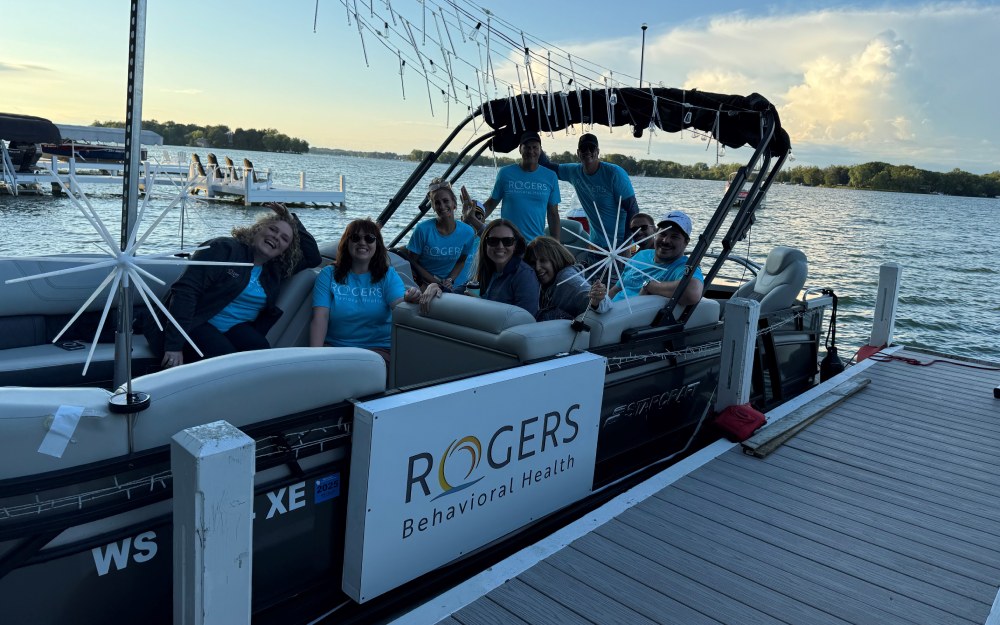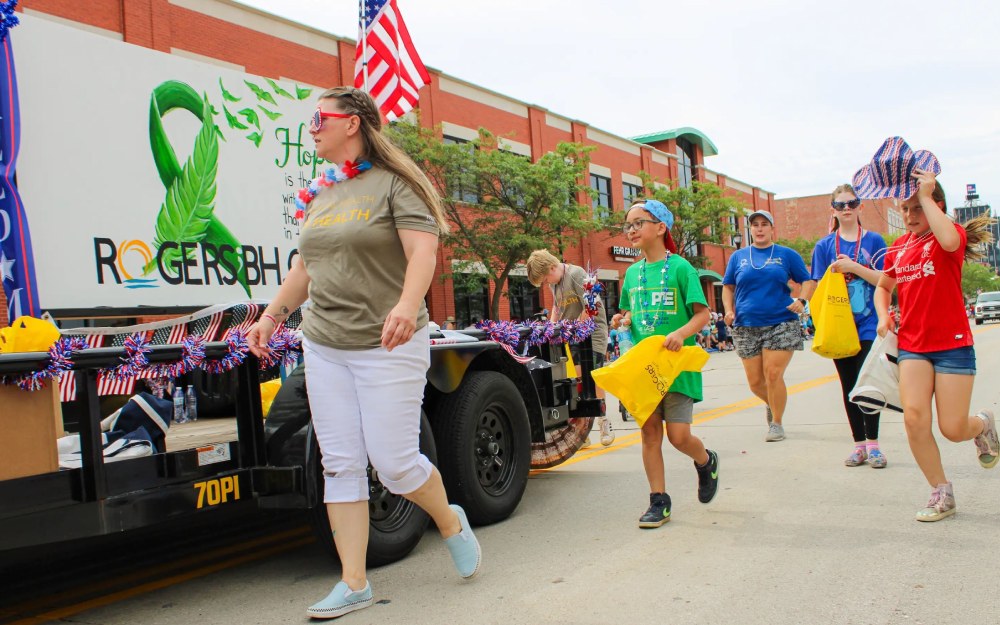
The Community Learning and Engagement team “walks the talk” when it comes to community involvement
02/15/24 01:30:pmGuided by a shared value of service, Rogers’ Community Learning and Engagement (CLE) team recently volunteered at Nourish Farms in Sheboygan Falls, where they made meals for three non-profits in the area: Safe Harbor, Bridgeway & Beyond, and Rogers’ supportive living space.
“Nourish Farms is a strong community partner in the Sheboygan area,” says Hanna Maechtle, training lead. “They recently hosted a compassion resilience presentation I gave to about 200 non-profit community leaders. I met the farm’s executive director and learned about the good work that they do.”
According to its website, the farm teaches people “how to make wholesome food choices through education and hands-on experiences that demonstrate how to grow, source, cook, and enjoy good food.”
“They have students from Sheboygan Falls’ special education classes come and learn life skills by being out on the farm, whether it’s in the garden or in the kitchen cooking for themselves. They might even be cleaning and maintaining the grounds,” she says. “Nourish Farms’ other objective is community and connection. They believe we can’t grow and move forward together if we don’t have a space where we can sit down and share a meal, enjoying food made right on the farm. People from Nourish Farms go into the local food pantries and teach people how to cook with the items they pick up.”
Hanna says like the farm, the CLE team values getting involved in the communities where Rogers provides treatment and planning service projects on a quarterly basis. While at the farm, the team made five pans of lasagna, three apple crisps, and cranberry orange muffins.
“I think we all connect to the idea that at some point in life, we all need help from someone else,” she says. “If we can give that, we really do feel quite fulfilled. While I provide a community service through my job by teaching compassion resilience, to be able to give back by meeting basic needs feels good. Volunteering in the community is like walking the talk. The resilience trainings we do is all about building culture that supports other people to be their best selves so they can show up 100% all the time. We need that culture and that sense of compassion on all levels, including the workplace, at home, and in our community.”
To learn more about the Community Learning and Engagement team and the work they do, check out their website, or contact Hanna Maechtle.
If you’re interested in learning more about how to avoid compassion fatigue and burnout by building compassion resilience for you and your team, Rogers is offering the chance for employees to be trained on how to facilitate the Compassion Resilience toolkit and then share your knowledge. The small group sessions develop our ability to find joy and balance in our work, build positive teams, and influence our organizational culture. Trained facilitators will be asked to co-lead compassion resilience groups for their teams. We encourage two team members to sign up together unless other team members have already been trained. You can register on Rogers University for opportunities between February and November to participate in the two half-day trainings and earn 8 RRCE credits. Learn more at www.compassionresiliencetoolkit.org.











